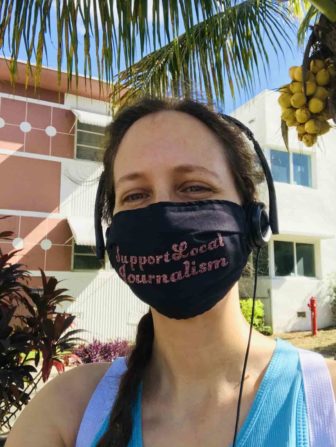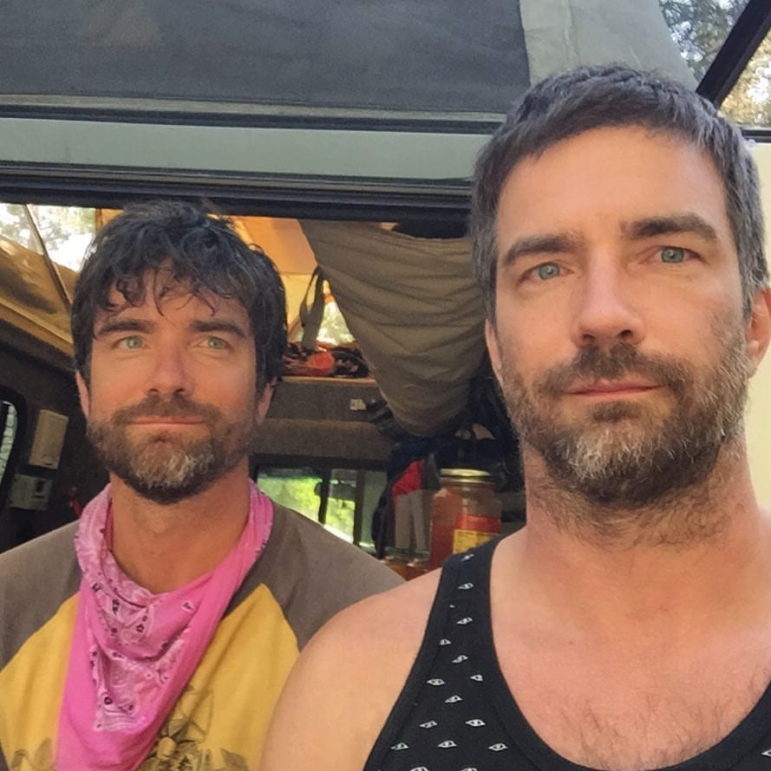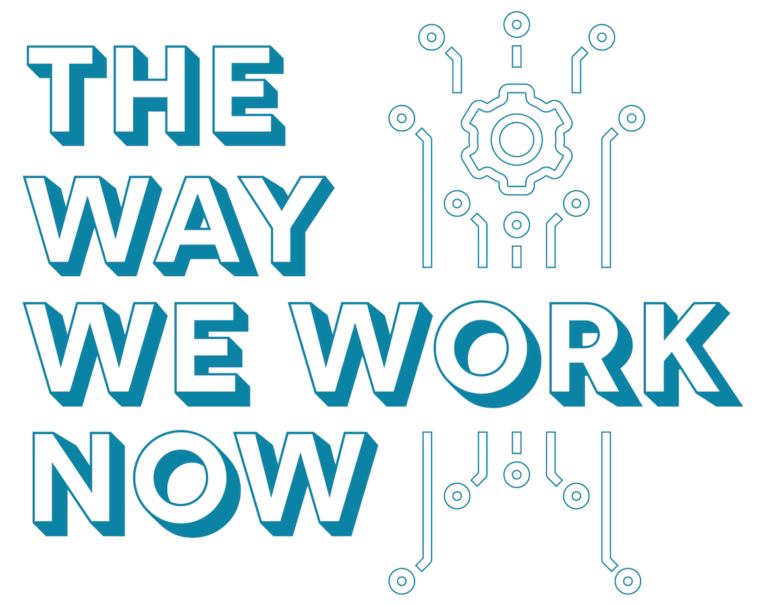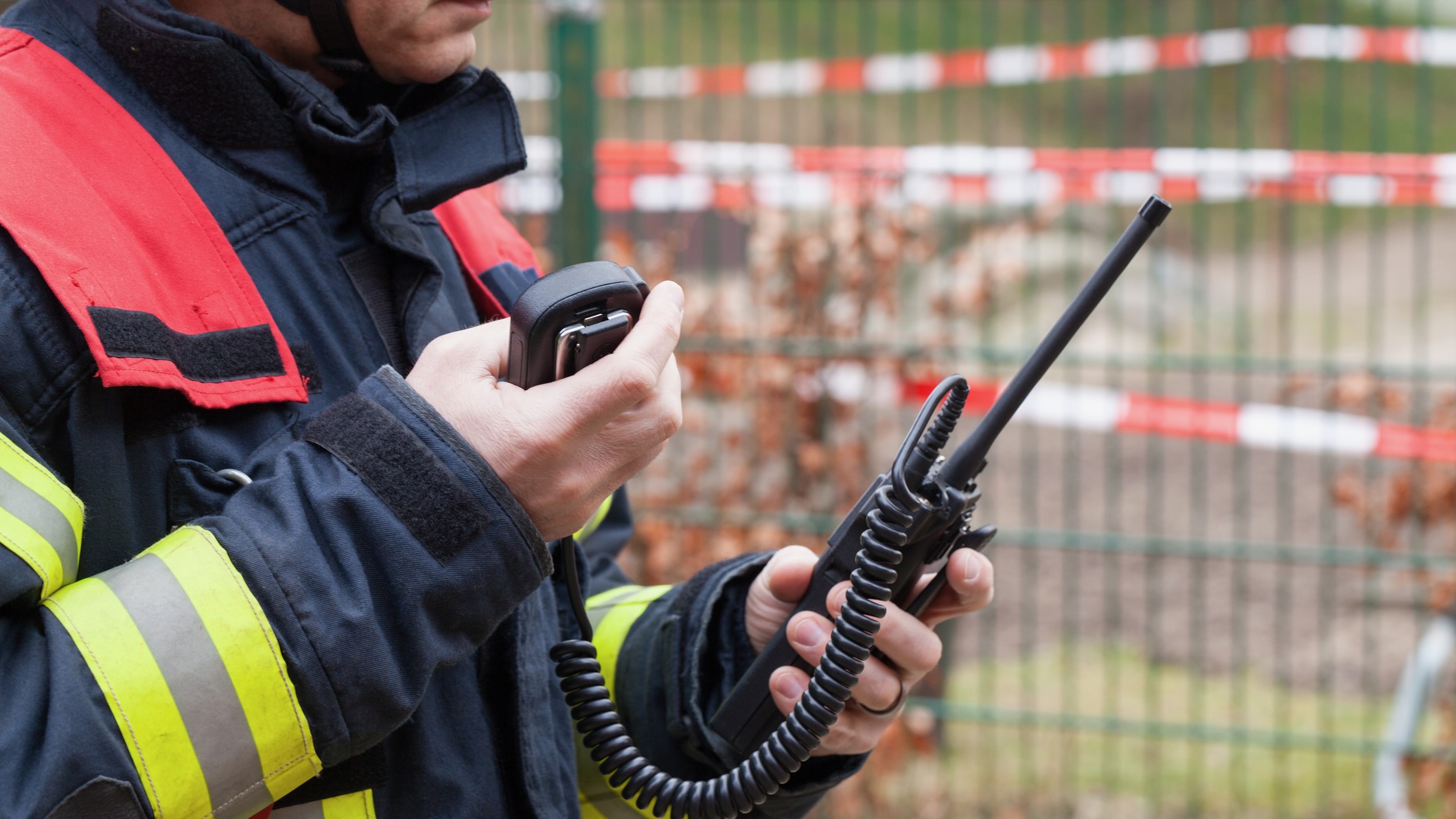How at-home pandemic recordings are changing pubmedia’s standards for audio quality

Ciripasca / iStock
Part and parcel of producing radio at home are the wacky intrusions into broadcast interviews by kids, spouses, neighbors and pets.
Weekend Edition Saturday host Scott Simon recently had to pause an interview because of construction noise in his Washington, D.C., apartment building.
A cat named Ori interrupted a live interview by Alicia Zuckerman, editorial director of WLRN in Miami. Ori’s meowing was not as intrusive as the power drill overheard in Simon’s interview but nevertheless distracted Zuckerman and her listeners, she said.
Zuckerman recalled hearing a dog bark during a live interview on one of the national morning shows, followed by a prompt apology by its owner on the air.

“I loved that moment,” Zuckerman said. “In the days before the pandemic, it would be really strange to hear somebody’s dog bark on the radio in the middle of an interview. Now, I think we just kind of expect it, and it makes us laugh. It actually gives us a little moment of lightness.”
Zuckerman describes herself as an evangelist for the best in-person sound. In the Before Times, she discouraged WLRN reporters from using phone tape in their stories. Back then, guests came into studios for in-person interviews, or producers sent tape syncers to guests’ homes or offices to record their remarks with broadcast-quality microphones. But the pandemic has changed all that.
Now, a year into the makeshift arrangements and workarounds of broadcasting from home, “I’ve really had to make my peace with using audio quality that in the past I would not be happy with,” Zuckerman said. She thinks listeners have noticed the difference in the quality of sound but are forgiving.
As the virus spread, so did a slew of new tech tools and DIY techniques for gathering optimal sound. Some of them may ultimately reduce public radio’s reliance on tape syncs and the use of studios to record guests when the pandemic is brought under control.
The vast majority of the people whom radio and podcast producers interview for live or recorded programs have smartphones, tablets or computers that allow them to record themselves using voice memo apps and other software. The process has its drawbacks, including the amount of technical support that can be involved to get good audio, according to producers who developed new techniques under lockdown.
“It starts all the way at the beginning when [engineers, producers and reporters] are reaching out to people, right in the ask — ‘What do you have available to record with?’” said Jocelyn Gonzales, EP at PRX Productions. “The technical people on our side are just getting involved a lot earlier.”
Producers and engineers have come to rely on specialized apps, and they’ve developed workarounds for the shortcomings of Zoom’s recording functions, among other solutions.
Self-recording techniques
One of the most common workarounds to tape syncs and studio recordings is asking interviewees to record themselves with the voice memo app on their smartphones or tablets. Each self-recorded conversation usually has to be conducted on a landline phone or another device, be it a second cellphone, tablet or computer.
Before these interviews begin, producers talk people through a self-recording scenario. Many send interviewees to a web page created by WBUR’s Modern Love on the best way to do it.
“Mic placement is absolutely key when [a guest is] using a phone for tape syncs,” said Rob Byers, director of broadcast and media operations for American Public Media and co-founder of Final Final v2, an audio postproduction and consulting company.
“Get the guest to hold the phone … where it’s up by the face,” Byers said. “That usually puts the phone right in the place where it needs to be, so that it’s not going to get plosives. It’s not going to get blasts of air. And its proximity to the mouth will get you a nice close recording.”

PRX’s Gonzales stressed that it’s important to delve into where interviewees will record themselves.
“You just have to be vigilant about where they’re recording, because even a phone will sound OK if they’re in the right space,” she said.
Gonzales recalled booking an interview with a scientist who ended up recording herself in the storage room of her lab.
“It was just like being in the basement,” she said. “It was blank walls and metal shelves.”
The PRX producer recently asked a couple of her hosts to give her live video tours of possible spots to record in their homes. One ended up making a space in his closet. The other erected a blanket fort around his desk.
App solutions
Some voice memo apps have time limits, but Motiv, an app made by the microphone company Shure, sidesteps those constraints. It also offers manual control of the phone’s mic level and functions for equalizing the recording to boost presence and adding light, medium or heavy compression. Motiv and other similar apps also allow users to record uncompressed WAV files, which don’t have to be converted for use in a digital audio workstation.
One podcast producer who knows the art of the tape sync well developed Talk Sync, an app that’s designed to record interviewees on their smartphones. Ben Adair, a veteran of APM and Reveal who left public radio after a 12-year career, now runs the Los Angeles podcasting company Western Sound.
He found web services for podcast interviews to be lacking, mostly because “computer mics are bad, and people sit pretty far away from them,” he said. Mics on the newer phones, such as the iPhone 11 and 12 and the latest Samsung phones, are quite good, Adair said.
“We’re all carrying around these really great microphones in our pockets,” Adair said. “We should figure out a way to use them. They sound better than most mics podcasters use.”

Adair tapped his twin brother, John, to create Talk Sync. The app’s $10-per-month pro plan allows producers to record an unlimited amount of uncompressed WAV files. Among the hundreds of subscribers are APM Reports, the Hidden Brain podcast and Iowa Public Radio.
Monique Laborde, producer of the Pushkin Industries interview show Deep Background With Noah Feldman, praised Talk Sync’s ease of file transfer. When a guest ends a recording, the app automatically uploads the audio to her Talk Sync account. Another important feature: The app records only when the phone is in airplane mode. “There’s no way an incoming call or text can interrupt the recording,” she said.
NPR’s newsmagazines and public radio stations use hardware and an app made by Tieline, an Australian company, for live and recorded interviews.
To prepare for an interview with an NPR host or reporter, a guest downloads Tieline’s iOS or Android app. They can use it to connect to the network’s studios for a live interview. If they use the app to self-record the conversation, they upload the audio for NPR producers to edit.
Tieline’s hardware is audio codecs similar to the Comrex gear that’s widely used in public radio for remotes and studio-to-transmitter links. Report-IT Live, a Tieline feature, allows guests to use their phones for live appearances on All Things Considered, Morning Edition and Weekend Edition. Another feature, Record A Report, enables interviewees to record their end of a conversation and then upload the audio file to NPR’s FTP server.
Asked to compare the audio quality of Report-IT Live to that of a voice memo, one public radio veteran who is familiar with the Tieline system said, “It’s not any better or worse.”
Tieline technology is available to public radio stations at licensing fees based on usage, according to Jacob Daniluck, technical sales specialist. Entry-level hardware is under $2,000, and a high-end model costs $13,000. The fees are based on the number of simultaneous connections a client uses, with a maximum of 16. Another pricing factor is the number of locations designated for audio syndication. Some Tieline hardware can accommodate as many as 80 locations.
“We’ve definitely seen an increase in demand for hardware and software … during the pandemic,” said Daniluck.
Audio from video streams
As people became increasingly familiar with Zoom, Microsoft Teams, Google Meet and other videoconferencing services, audio producers developed techniques for recording audio virtual conversations on these platforms, despite apparent shortcomings.
Zoom allows multiple participants in a call to be recorded as separate M4A audio files, but producers have been frustrated by the phenomenon referred to as “dropout,” “lag” or “audio freezing.” Each time a host or guest starts speaking, sound from the first couple of seconds is often unusable until the audio stabilizes.
To prevent dropout, APM’s Byers advises asking a guest to run a speed test during the setup call. The result will determine whether their bandwidth is conducive to videoconferencing. Bandwidth can be conserved by turning off the interviewee’s camera.
Many Zoom recordings are affected by the speed of the internet connection of each participant. Gonzales of PRX recommends a backup solution: Designate a second person as co-host of the interview, which enables them to also record the Zoom call.
The pitfalls of dropout on Zoom and other videoconferencing services such as Squadcast can be avoided by having each end of the interview recorded locally, i.e., on the computer of both reporter/host and interviewee.
Nora Young, host and creator of the CBC tech show Spark, praised the new web app riverside.fm, which was created by two brothers who live in Israel. Pricing ranges from $7.50 to $24 a month for two to 15 hours a month of “studio-quality audio.”
“It’s not contingent upon the quality of the video chat or the quality of the network at that moment, so you don’t end up with the dropouts and the freezing of the audio that you sometimes have with a video chat that you’re recording,” said Young. “That’s been a big advantage.
‘Simple solution’
Another route for self-recording of a tape sync is to send a recording kit to an interviewee. Jennie Cataldo, a producer at Ben Manilla Productions in San Francisco, got her shop to shell out $200 for a Tascam DR10L, a roughly 2-inch–square recorder that is slightly less than an inch thick. It comes with a small clip-on lavalier mic and records on a micro SD card.
Cataldo works on the “Sounds of America,” a series for 1A on “aural treasures” designated for historical preservation by the Library of Congress. She FedExed the Tascam recorder to an older interviewee who didn’t want a tape syncer to come visit him. The kit included an instruction sheet explaining how to operate the device.
“I was looking for a very simple solution, because even the simple Zoom recorders are complicated for people who don’t know about audio,” Cataldo said. “I gave it a test to hear what the audio would sound like and thought it sounded great.”
Zoom makes a similarly sized machine that costs slightly less and records audio at a 32-bit floating setting, which basically makes it impossible to distort, notes Jeff Towne, producer of Echoes, the music soundscape series distributed by PRX. Towne is also the tools editor for the public radio website Transom. On the email forum operated by the Association of Independents in Radio, he’s recognized as the elder engineering sage.
“It’s basically impossible to record too low,” Towne said, describing the Zoom device. “There’s nothing to set. There’s no level adjustment. It’s adding extra work on the production end [after engineers get the 32-bit audio file], but having that insurance is awfully nice.”
Towne is among the producers and engineers who are worried about audiences’ acceptance of “terrible-sounding audio” during the pandemic. “Honestly, it’s driving me a little crazy,” he said.
He’s concerned that an aesthetic reset may have taken hold with radio producers who have put up with compromised audio for a whole year and may be willing to accept it just because it’s cheaper.
“I do fear that once it becomes safer to do tape syncs, we may see a dramatic reduction in syncs and, therefore, in good-quality sound,” Towne said. “And I think that’s a tragedy.”
Some are questioning whether there is a future for tape syncs in public radio. In a January edition of the podcast newsletter Hot Pod, columnist Aria Bracci wondered whether tape syncs should resume.
“If lots of people are doing DIY recordings,” Bracci wrote, “a BBC show might at times sound like a homegrown production, and vice versa, and neither is necessarily a bad thing.”
The notion that one of the most prestigious broadcast networks on the planet sounds like a homegrown production may be a little hard to swallow, but these are extraordinary times.
Think back to just one year ago and ponder the reaction to anyone who advocated abandoning professional recording studios and tape syncs. Such advice would have been regarded as blasphemous. But that’s what the Tieline company, on some level, is now recommending.
“U.S. radio companies have found that broadcasting from home is working, so the trend now is to go from those quick-fix, cheap setups [improvised for the pandemic] to more permanent, long-term, higher-quality solutions,” said Tieline’s Daniluck. “If you didn’t have the money to step up and buy the good equipment [after the pandemic started], you’re probably doing it in 2021, because broadcasting from home is not going to go away.”
Reducing the size of production studios and the high costs of leasing and maintaining them will be an attractive budget-cutting move for commercial and public radio stations struggling in the current economy, Daniluck said. He cited several research findings reporting that a substantial percentage of U.S. workers who currently work from home want to continue to do so even after it’s safe to return to offices. Daniluck believes that broadcast employees will be among those who stick with teleworking.







It was really great to read that post. Thanks a lot for sharing that!